NTU beats NUS, Harvard & Oxford to rank 3rd globally in AI—but NUS degrees still pay better

Disclaimer: Unless otherwise stated, opinions expressed below belong solely to the author. Data were collected from the cited third-party sources. While I’ve already reported on the QS Top University ranking, I wanted to revisit one particular detail that is especially relevant in today’s job market: artificial intelligence (AI) and Singapore’s position in it, starting with […]
S’pore media firm delays salaries for months, now investigated by MOM for possible offences

A Singaporean media company, TechTV Network, is under investigation by the Ministry of Manpower (MOM) for allegedly delaying the salaries of its staff. According to a CNA report on June 25, one employee had not received his monthly wage of S$9,000 since October last year, with his Central Provident Fund (CPF) contributions ceasing even earlier […]
Why Staple Dough’s founders opened a 3rd F&B brand in KL that also specialises in fresh pasta
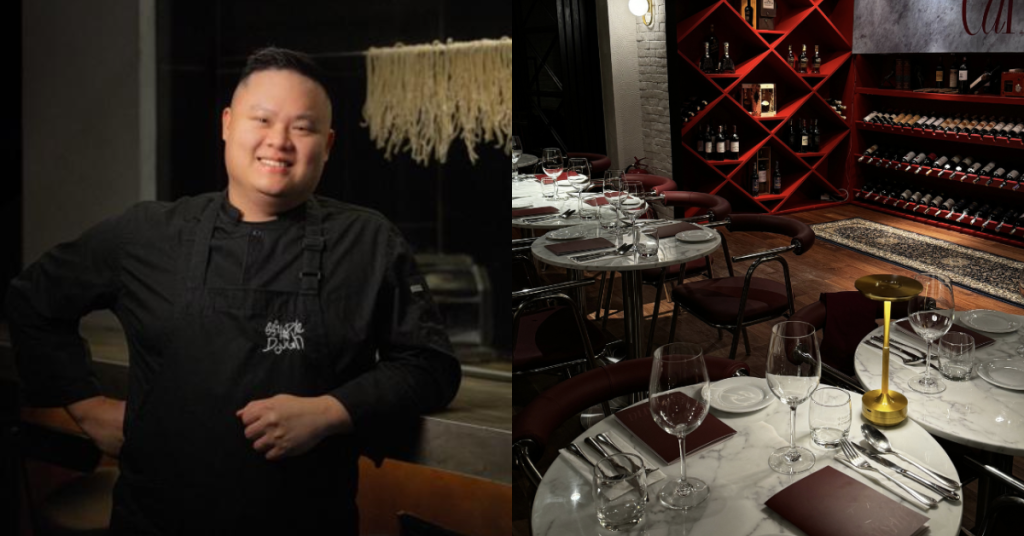
Cantina Pasta e Vino might be a new player in the local pasta scene, but look closer and you’ll see the legacy behind the business. The head chef behind it, Chuan, has had lots of experience in the industry, having been the “pasta boy” at establishments including Staple Dough and Bella Pasta and Wine. Speaking […]
Paramount Property debuts Lumeo @ The Atera, PJ’s new transit-oriented serviced residences

[This is a sponsored article with Paramount Property.] With a rich and winding legacy in property development spanning nearly five decades, Paramount Property holds a deep expertise in the realm of real estate. Their roots can be traced back to their humble beginnings in Sungai Petani where a rice miller’s first foray into property development […]
Researcher found a way to expose phone no. of any Google user in Singapore in 5 seconds

Who doesn’t have a Google account? Youtube, Gmail, Drive, Workspace, Analytics, Ads… the list goes on—all are tied to a single account that links back to you. And you would be forgiven for thinking that one of the largest tech giants in the world is making sure that billions of phone numbers of its users […]
From drone sports to deliveries: How Cyberview continues to elevate the M’sian drone scene

[Written in partnership with Cyberview, but the editorial team had full control over the content.] In May 2023, Amir Fauzan, an engineering student at the National University of Malaysia took a shot and signed up as a student at The National Academy for Drone Sports Excellence (AKSADRON) in his pursuit of becoming a drone soccer […]
Gamifying Finance: How Malaysian Youth Are Exploring Online Risk & Reward

These days, everything from saving money to getting your steps in has a game-like feel. For many young people in Malaysia, managing life online often comes with some level of points, prizes, or progress bars. That same thinking now applies to how they approach both entertainment and money. It’s no longer surprising that online casinos […]
This M’sian filmmaker turned a rooftop spot in PJ into a cafe serving kombucha on tap
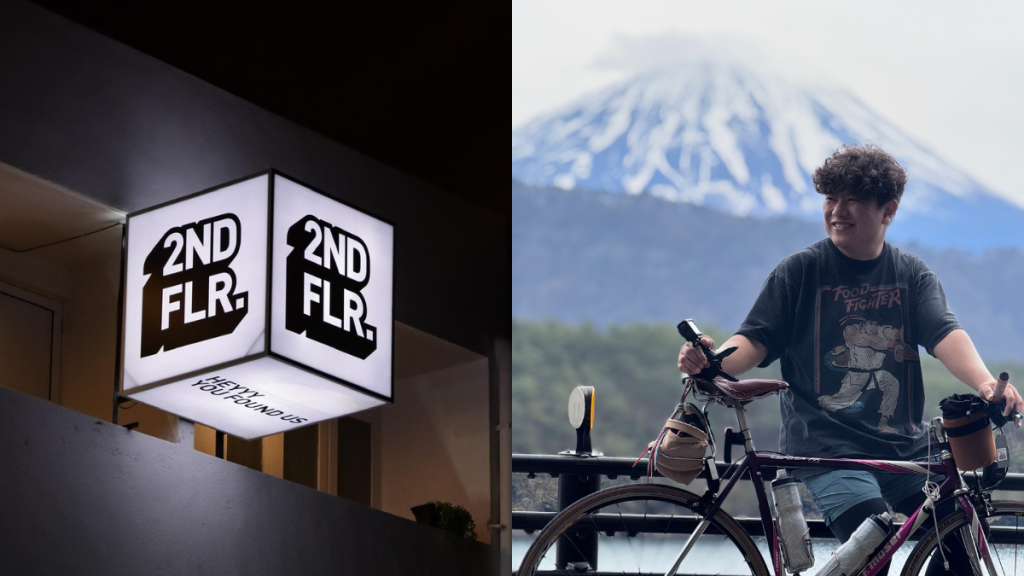
Sitting in PJ, secondfloor.my or 2nd Floor Cafe started out of a dream to create a social space where the community could come together for some late-day drinks. “I used to call it a hangout space, but I think the term ‘third space’ that has recently popped up describes it better.” “It’s not home nor […]
Singapore’s F&B can be tough, but here’s how these 3 BBQ bizs are silently thriving
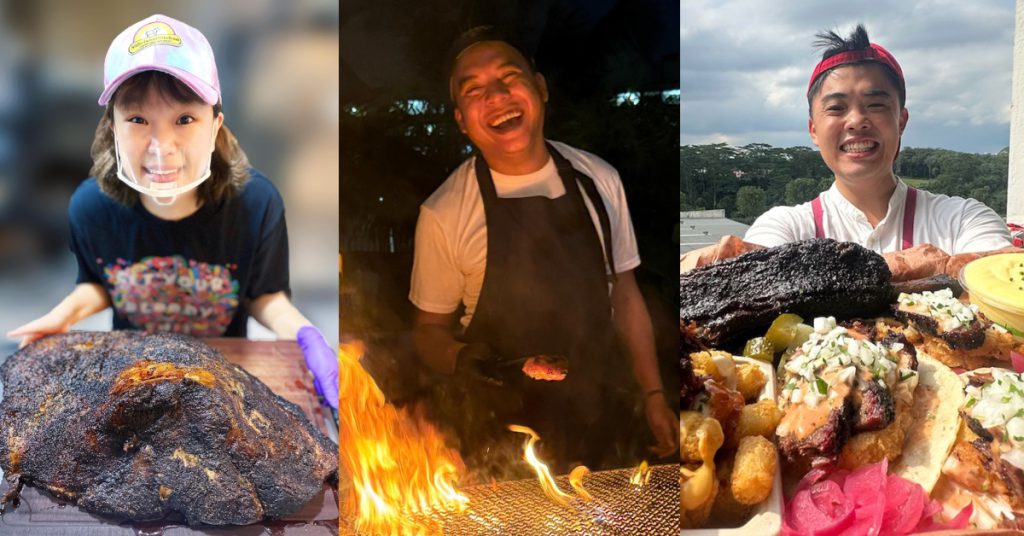
When it comes to dining out in Singapore, BBQ isn’t usually top of mind. Unlike more mainstream favourites like mala, hotpot, or Japanese fare, smoked meats and slow-cooked brisket still occupy a niche space in the local food scene. Yet, behind the scenes, a number of BBQ businesses are quietly building a strong, loyal following […]
Meet Tineco, an emerging smart home biz dominating the floor washer market in M’sia & beyond
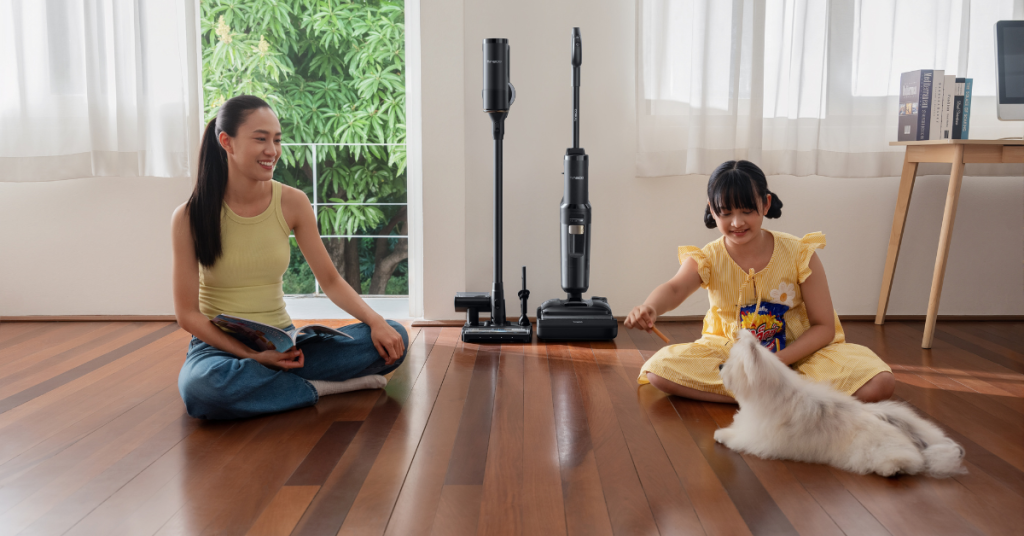
[This is a sponsored article with Tineco.] Most modern households nowadays probably use vacuum cleaners. The advent of this appliance has been instrumental in helping with daily chores, and one brand that has further pushed the envelope with vacuum cleaners’ capabilities is Tineco. A smart home appliance brand, Tineco recently announced that Euromonitor International, a […]
What’s physiotherapy really about? We asked a Malaysian physiotherapist.
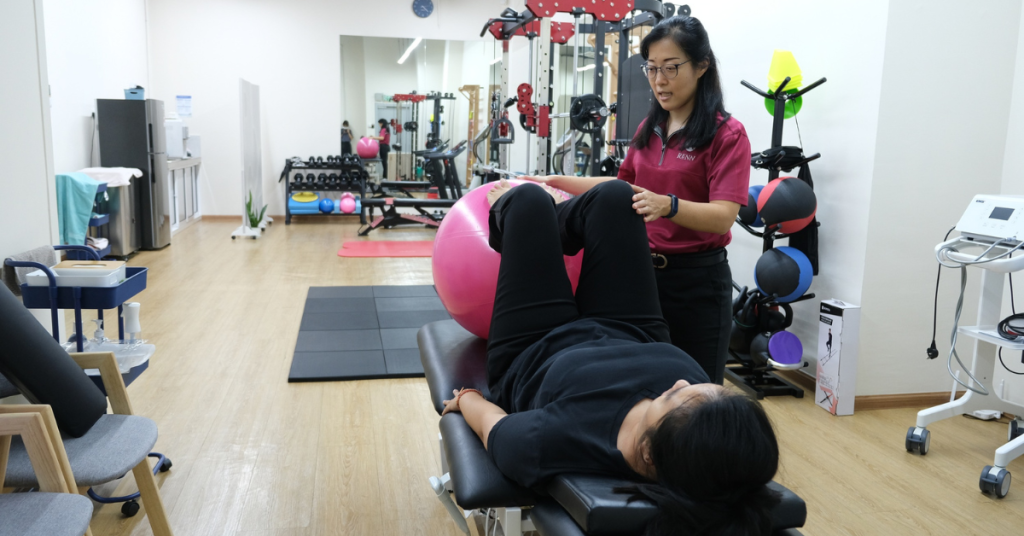
[Written in partnership with RENN Asia Wellness, but the editorial team had full control over the content.] When you find yourself physically injured, chances are you’ll see a physiotherapist who will help you regain your range of movement in a healthy way. And yet, they don’t always get the credit they deserve, mostly because people […]
Gig platforms flopped in S’pore a decade ago, here’s how this startup is reviving it

Just a month ago, Quest’s founders were listed under the Forbes 30 Under 30 Asia 2025 list—a major milestone for the homegrown startup. Launched in June 2021 by then-SMU undergraduates Craig Choy, Evan Chow, and Matthew Wu, Quest is an AI-powered platform that matches gig workers with freelance jobs, from wedding hosts to part-time content […]
Scientex upholds its mission of affordable housing for M’sians with new homes in Bestari Jaya

[This is a sponsored article with Scientex Berhad.] Owning a house is an important rite of passage for many, a major milestone in one’s life which marks the true start of their life as an independent adult who either plans to build their own family or simply a space for themself. However, this rite of […]
Educated 40 Y/O S’poreans earn a median of over S$9000. How much should you make at your age?
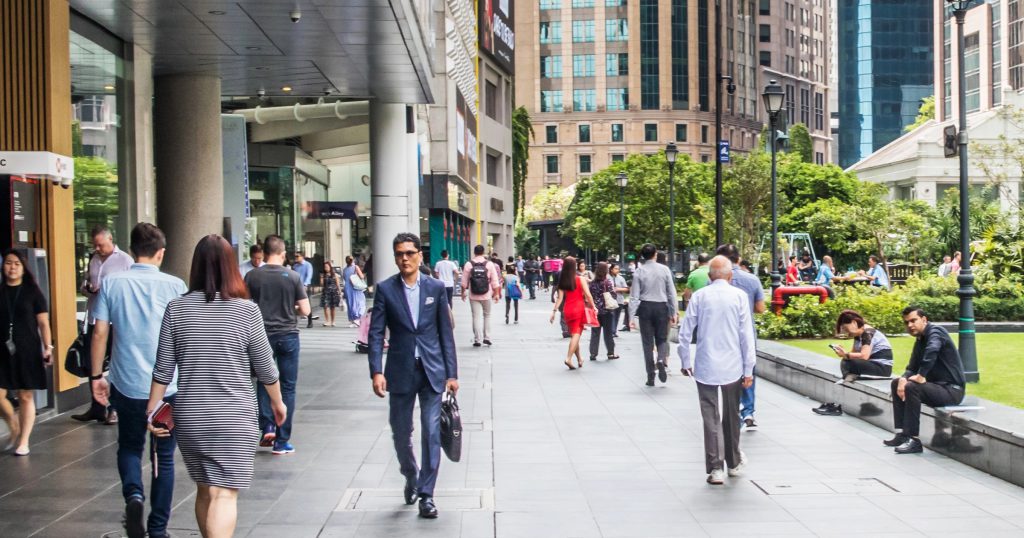
Disclaimer: Any opinions expressed below belong solely to the author. Data sourced from the Ministry of Manpower. Median salary across the entire resident labour force in Singapore was last reported to have hit S$5,500 in 2024 (including employer’s CPF contributions). That figure, however, is entirely meaningless to most Singaporeans, as it includes thousands of people […]
Singapore Q3 job outlook: Who’s hiring? Opportunities, risks & forecasts amid Trump tariffs.

Disclaimer: Unless otherwise stated, any opinions expressed below belong solely to the author. Data is sourced from third-party sources provided in the article. While the global economic situation remains uncertain following the international trade war started by Donald Trump in April, we now have some data to gauge the anticipated impact it might have on […]
CHAGEE opens 1st SEA signing store in S’pore, employing 14 staff who are hearing impaired
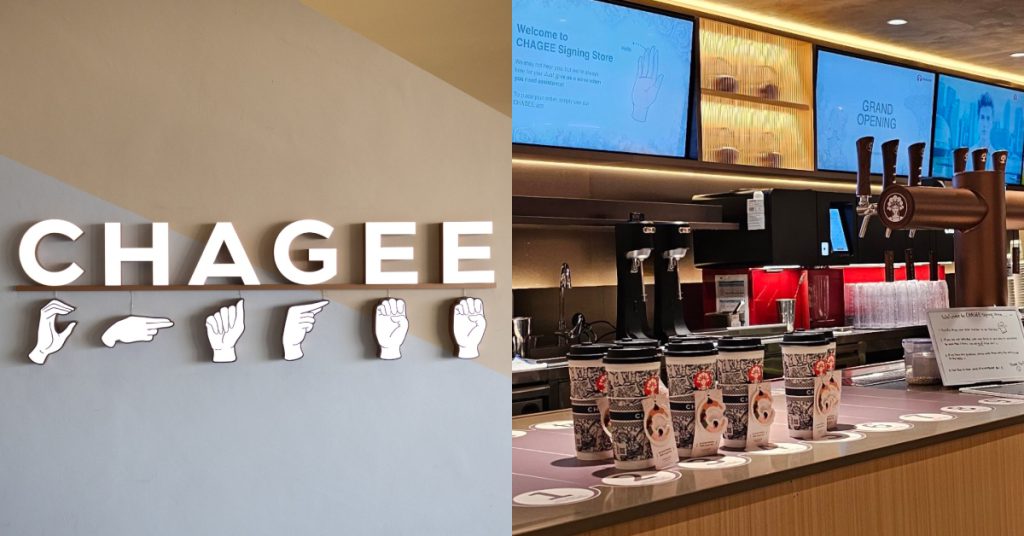
CHAGEE Singapore officially launched its signing store at the National University of Singapore (NUS) today (June 19). Located at NUS Yusof Ishak House, the store is fully operated by 14 deaf and hard-of-hearing baristas through a partnership with SG Enable and the Singapore Association for the Deaf (SADeaf). This is CHAGEE’s first signing concept in Southeast […]
How these two tech startups came together to raise M’sia as a leader in the regional AI scene
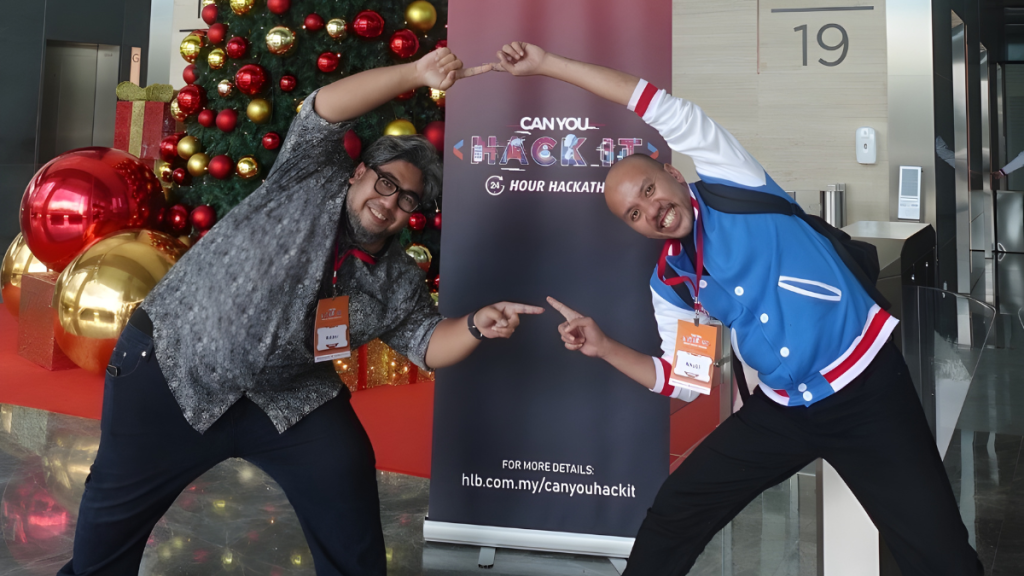
[This is a sponsored article with Cyberview.] Early this year, startup tech companies Mesolitica and Lekir Tech signed a Memorandum of Understanding, kickstarting a collaboration that hopes to bolster the local AI scene, and advancing Malaysia’s tech ambition of becoming a leading innovation-driven economy by 2030. Since then, with Mesolitica pioneering the localisation of AI […]
Flipping blind boxes for profit: This S’pore store lets fans cash in on the collectible hype
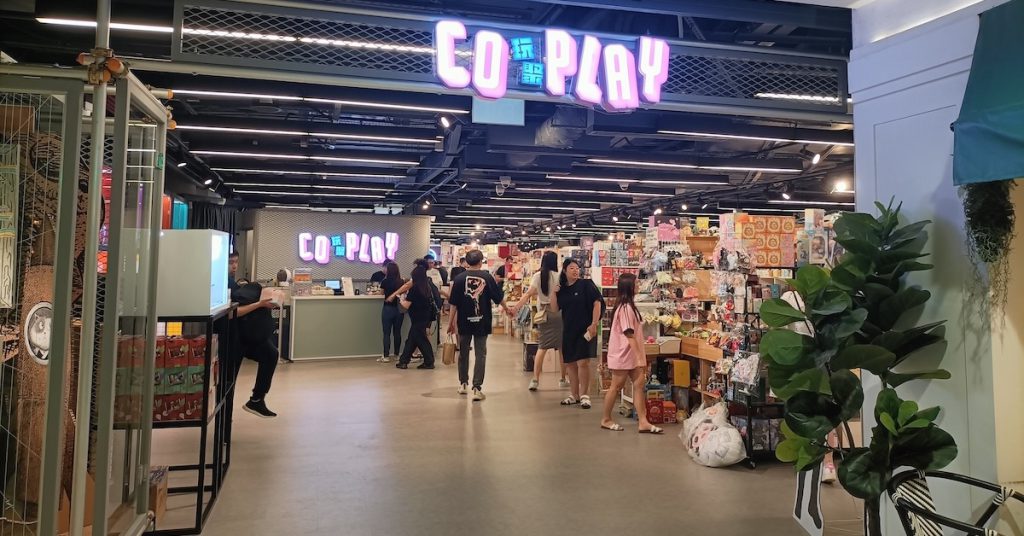
Editor’s note: The following article has been amended to reflect CO PLAY’s clarification on their business model. They have clarified that they do not take commissions from their sellers, who instead pay a monthly rental fee to sell their items. Everyone has their obsessions, and for a growing number of Singaporeans, that obsession comes in […]
After laying off 6K employees in May, Microsoft plans to cut thousands more jobs globally

Microsoft is planning to cut thousands of jobs, primarily in sales, as part of its broader efforts to streamline operations and intensify its focus on artificial intelligence. According to a Bloomberg report, which cited people familiar with the matter, the cuts are expected to be announced early next month, following the end of Microsoft’s fiscal […]
What to study in Singapore? Here are 26 fields SG universities rank in the global top 10 for.

Disclaimer: Unless otherwise stated, any opinions expressed below belong solely to the author. Subject ranking data comes from the latest QS University Rankings. Many Singaporeans dream of studying abroad, lured by the prospects of attending one of the world’s top universities like MIT, Harvard or Oxford. But, as we all well know, Singapore’s own schools […]
Standard Chartered lays off 80 employees in Singapore, offshores positions to India

Standard Chartered has reportedly laid off dozens of employees in Singapore. Around 80 employees, primarily from the London-based bank’s technology and operations departments, were affected, with the positions being offshored to India, according to finance jobs portal eFinancialCareers. In a June 12 article, the platform cited sources within the bank who suggested that the offshoring […]
1.7M app users, 2.4M Link members, 500K daily shoppers: FairPrice’s strat for the last 10 yrs

NTUC FairPrice has come a long way from its humble beginnings. Originally named NTUC Welcome, its roots trace back to 1973, when it was established as a cooperative founded to moderate the cost of living during a time of inflation and food insecurity. The supermarket offered fair prices and quality goods, helping everyday Singaporeans stretch […]
Amazon CEO announces upcoming job cuts, plans to replace human labour with AI

Amazon CEO Andy Jassy announced that generative AI and AI-powered software agents will replace the company’s total corporate workforce in the upcoming years, according to a Reuters report on Tuesday, June 17. “As we roll out more generative AI and agents, it should change the way our work is done. We will need fewer people […]
4 benefits your SME will gain from joining Sidec’s Retail-X accelerator programme, explained

[This is a sponsored article with Sidec.] These days, online shopping for, well, anything, seems to be the norm. Offering the utmost convenience and speed, purchasing goods—be it clothes, home appliances, or tech accessories—online is the preferred means of shopping for many Malaysians in sating our consumerist minds. Hence, it makes sense why more and […]
Private members club 1880 abruptly closes in S’pore, unable to pay staff & suppliers
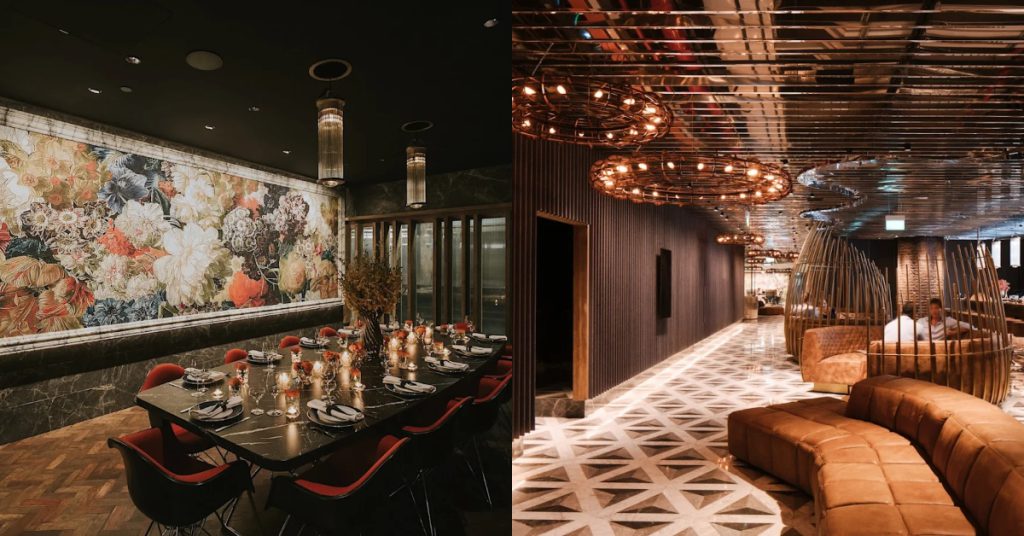
Private members’ club 1880 has announced its immediate permanent closure, effective today (June 17), and will undergo liquidation after eight years of operation. Founded by Marc Nicholson, the club was opened in late 2017 and is located in the InterContinental Hotel at Robertson Quay. Up until Monday, its social media accounts were still promoting upcoming […]
5 startups handpicked by Sidec to represent M’sia at World Expo & SusHi Tech Tokyo 2025

[This is a sponsored article written in collaboration with Selangor Information Technology & Digital Economy Corporation (Sidec).] Recently, five Selangor startups participated in not just one, but two of Asia’s top prestigious innovation platforms—World Expo 2025 Osaka and SusHi Tech Tokyo 2025. They participated in these programmes as part of Sidec’s effort in positioning Selangor […]
This 24 Y/O grew his photobooth biz to 16 outlets in S’pore, now set to expand worldwide
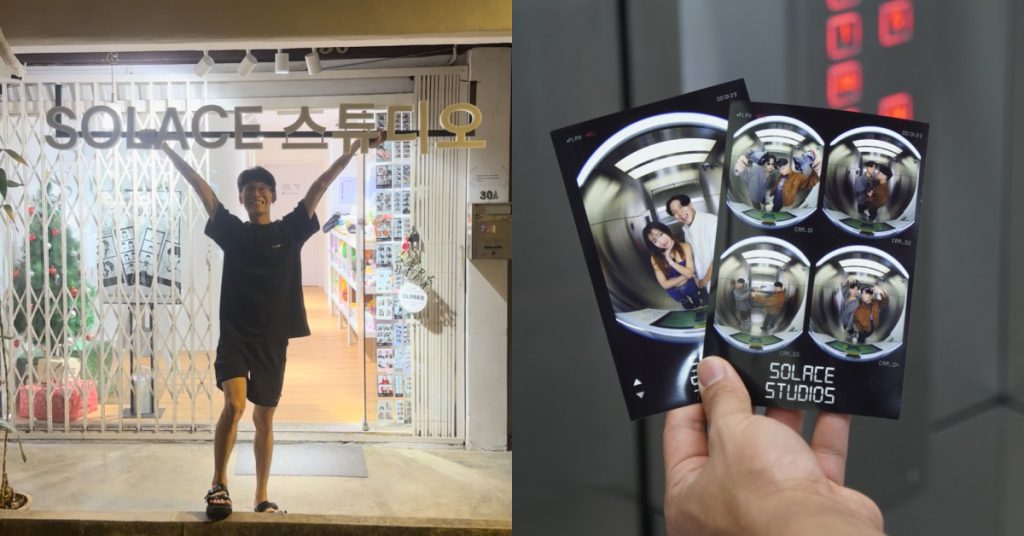
One of the many things to do when visiting South Korea is to take photos at their self-photobooths—and Keith Kok did just that during his graduation trip to the country in 2022. But what was a simple, fun activity with friends led him down a rabbit hole driven by intrigue, and he decided to bring […]
Fitness app 1Fit ceases its Malaysian operations, here’s what ex-subscribers should do next

On June 14, 2025, fitness app 1Fit announced in a social media post that due to insufficient funding, they have initiated a formal liquidation process to “wind down” their Malaysian operations and “settle obligations.” As such, users of the app would no longer be able to make new bookings or purchases, and those with an […]
“I thought it was going to be easy”: This psych major pivoted to sell Mexican fusion in KL

“I was always a bit worried if I were to get interviewed about my past because I don’t have that typical chef childhood where they had their grandparents/parents inspire and teach them about food.” But what Calle Taco founder Ryan Chung lacks in inspiring childhood stories, he makes up for in his lived experiences and […]
Two more Holland Village food icons to close in 2025 as area loses popularity among S’poreans
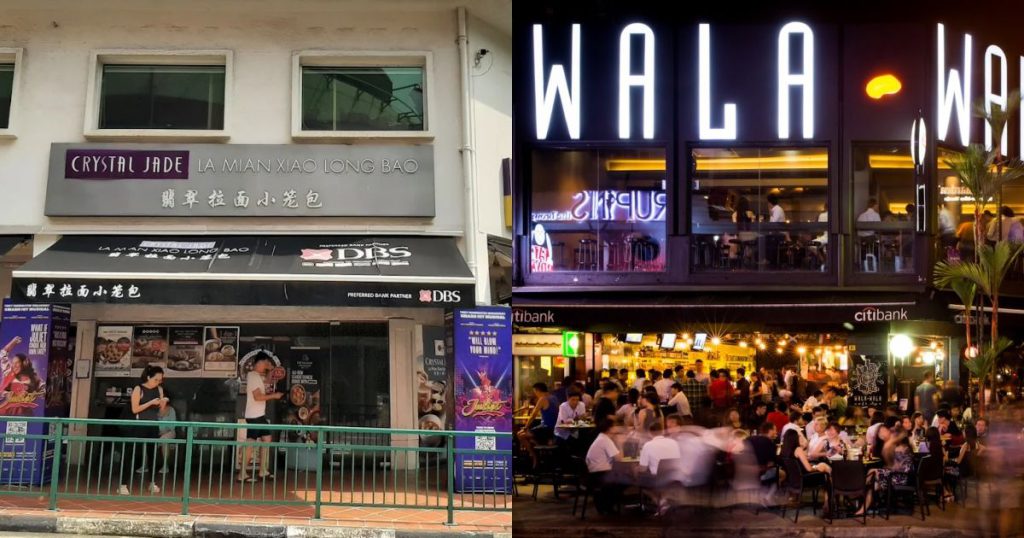
Crystal Jade La Mian Xiao Long Bao Holland Village, and Wala Wala Cafe Bar—longtime tenants at Holland Village, have announced plans to close this year, after operating for two decades and over 30 years respectively. Crystal Jade, the parent company of Crystal Jade La Mian Xiao Long Bao Holland Village, hinted at the closure in […]

